CES Technology Fair, Las Vegas
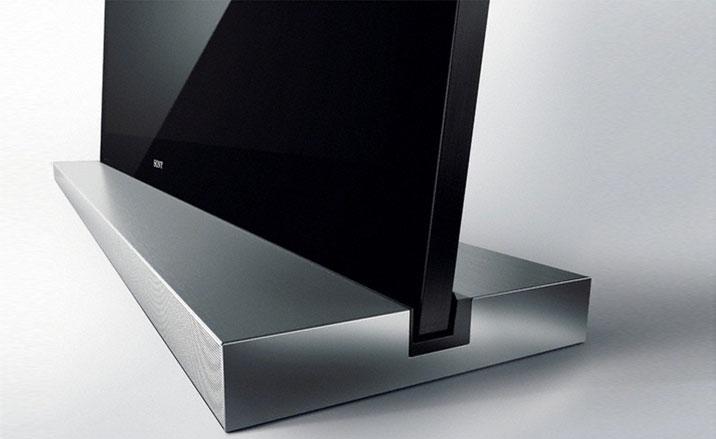
Judging by the rows of punters in dark glasses staring at the TV screens at this year’s Consumer Electronics Show in Las Vegas, the future has finally arrived. And it’s in 3D. All the big players from Panasonic to LG, Samsung to Sony have been in a sharp-elbowed race for the past five years to get 3D TVs into our living rooms - and this year, after much hype, they have finally got there, bringing a new wave of 3D movies, sports and nature programmes with them.
Leading the fray is Sony’s LX903, with superior picture quality and ‘active shutter’ glasses that look better than any of those of its rivals. The LX903 will be out this summer, promising to provide a depth of content that finally moves beyond old school 3D's shock shark attacks that had us reaching for the Valium.
At a Panasonic press conference John Landau, producer of 3D hit movie Avatar explained: ‘New 3D content won’t just be about gags coming off the screen but will be more subtle. Just as we now expect stereo sound, we will come to expect 3D.’ And although we’ll be able to watch the FIFA World Cup in 3D this summer, when it comes to the glasses, fashionable folk will need convincing. You get two free pairs when you go 3D, but subsequent pairs cost 120euros, come in limited sizes and have to be placed clumsily on top of regular specs (worn by 20 per cent of the population). But with Sony and Panasonic rumoured to be in talks with the likes of Ray Ban and Oakley about modifying designs, there is hope, so watch this space.
Also big this year are ‘connected TVs’ which enable content to be streamed from the Internet. At a typically glitzy press conference, Sony was suggesting that this was all about bringing the living room back as the hub of the house; ‘Miniaturisation and personalisation mean that we all have our own isolated experiences, away from each other at home,’ says Sony design director Takuya Kawagoe, whose new generation Bravias are designed to have us all entranced as a family unit. They come with built-in Wi-Fi to access online content, sensors that can recognise your viewing habits and suggest programmes you might like, as well as detecting brightness and then adjusting the picture accordingly.
CES is the alpha male of consumer electronics trade fairs, so as well as seducing shade-wearing geeks, it also pulls in serious techno innovators and insta-culture creators from around the globe. More than 2500 exhibitors take part, and stretch from big guns such as Ford, Casio, Panasonic and Kodak to corner shop cable companies from Shenzhen and start-up widget makers from Hangzhou.
The show provides a glimpse of the TVs, cameras, music systems and in-dash devices that we can expect to see rolled out throughout the year, as well as showcasing innovations that range from the super smart to sub-par Dragons' Den. Need a robot to wash your parquet floors? Check. How about a grabber that converts all your VHS home videos in to digital format for $15? Check. Or the surveillance kit that allows anxious parents to monitor their teenagers’ every move? Check.
This year, more than 300 first-time exhibitors showed up - the highest number ever apparently - which led to lots of positive sound bites about technology in the new decade. Among them was a dazzling parade of App makers. The iPhone has spawned an Apps revolution and despite the fact that Apple has never appeared at CES and famously doesn’t do trade shows, there was a whole section called the iLounge Pavilion dedicated to accessories for iPods and iPhones.
Wallpaper* Newsletter
Receive our daily digest of inspiration, escapism and design stories from around the world direct to your inbox.
With more than 100,000 Apps available today that help you do anything from catching a cab to managing your stocks and shares, the next big thing is location-based Apps that let you pinpoint the whereabouts of friends and family. So no more sneaking to the pub when you’re supposed to be in the office.
Among the Elvis impersonators and décolleté booth babes in sequins unveiling shiny black but mostly unexciting products was Kodak’s Pulse digital photo frame. Not especially pretty, but better than the rest, it comes with Wi-Fi and its own email address so you can send pictures directly to it without having to collate the millions of snaps taken on phones, camcorders and cameras; Polaroid, which has hired Lady Gaga as ‘creative director’ to bring it back to life (she put in a 30 second appearance on the stand) is to re-release the Polaroid OneStep camera later this year. It‘s comfortingly retro, comes in lots of
colours and uses classic old school
instant film to produce those iconic white-bordered pictures.
Meanwhile, digital cameras have got smaller, slimmer and smarter; like Sony’s updated Cyber-shot cameras, which simply need to touch to transfer pictures between each other using a teeny bit of new technology.
So what else can we expect for 2010? More smart phones as Nokia, Motorola and others jump on board, and rev up for Android, Google’s mobile platform, though Blackberry and the iPhone still present very tough competition. Be prepared too for smart phones to do a million chores, such as turning on the heating remotely, locking the front door, and letting in the cleaner when you are away.
Many companies are heading towards doing away with the remote control altogether, and smart phones will step in as remotes for TVS and games consoles. LG, the Korean electronics company, has launched a motion-sensitive Magic Wand remote, rather like a Wii stick with only four buttons, that lets you wave your commands at the screen, and at the Toshiba stand a woman was demonstrating ‘motion gesture’ whereby you control your TV with your hands only, with all the vigour of a sheep dog trainer at Crufts. Hand waving was afoot too, at Microsoft, where a wall of abstract screens could be operated with a wave of the hand - an oblique reference to Project Natal, its much-anticipated game, which is controlled by body movements and speech only and which launches later in 2010.

Designed by Porng da Electronics Co, this ‘Hello Kitty'-inspired, crank-powered generator can store enough power to charge a laptop, mobile phone or MP3 player.
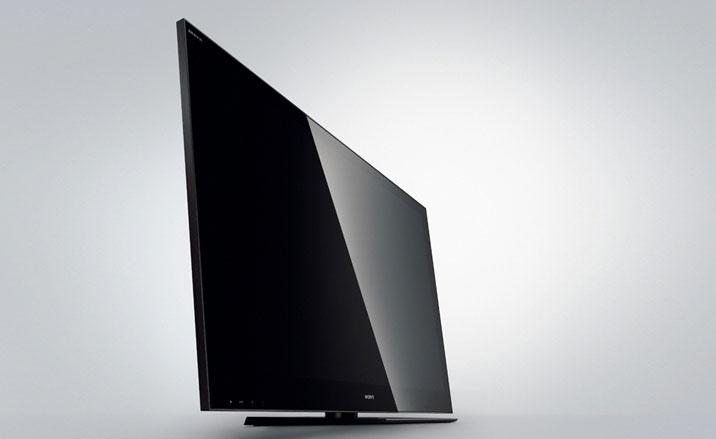
The Bravia HX903. Part of Sony’s ‘Cinematic’ range, the HX903 combines up-to-the-minute backlighting, 'Motionflow' technology and specially designed screens - which enable cinematic picture quality.
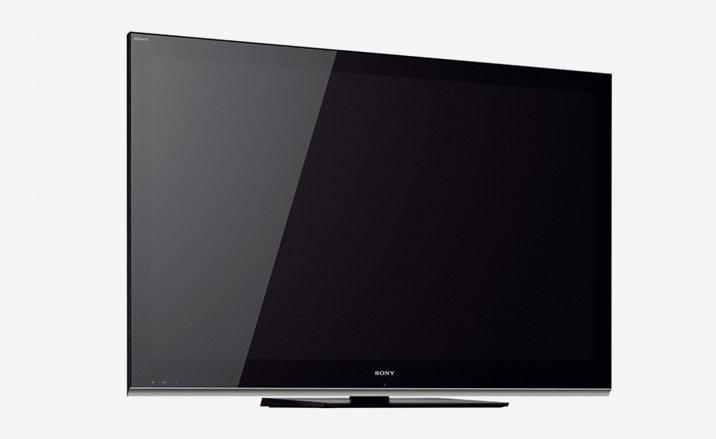
The ‘Signature’ Bravia LX903 is part of Sony’s brand new televisual range. Featuring full HD 3D and Wi-Fi built around the new 'Monolithic' design concept.
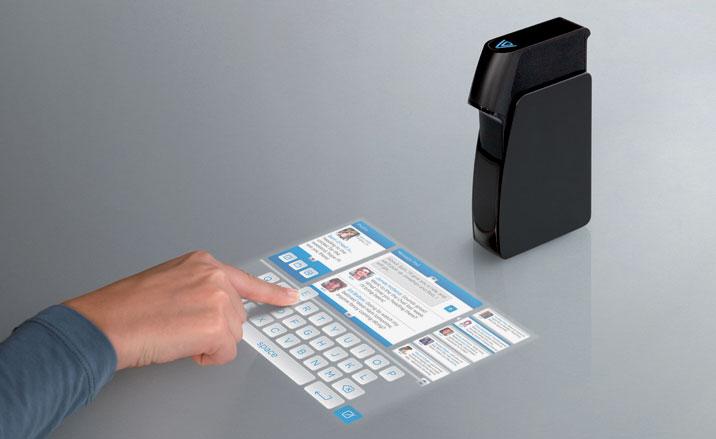
Designed by UK-based miniature projection company, Light Blue Optics, the Light Touch portable projector instantly transforms any flat surface into a touch-screen interface.
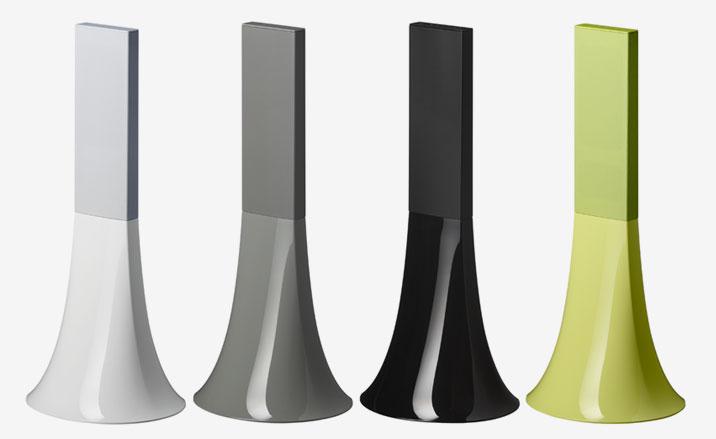
These ultra-sleek Zikmu Parrot speakers, designed by Philippe Starck, were unveiled in high-colour for the first time this year. With shades of sorbet lime, arctic white and pearl grey now available alongside classic black.
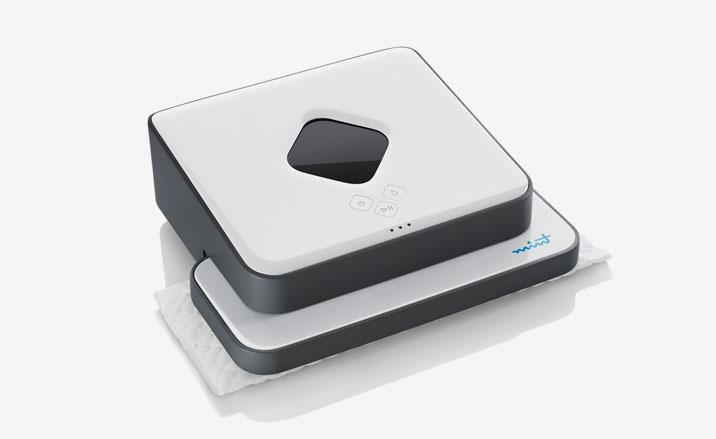
The Mint Cleaner is a neat robotic device which independently vacuums, polishes and mops hard surface floors. Designed by Evolution Robotics.
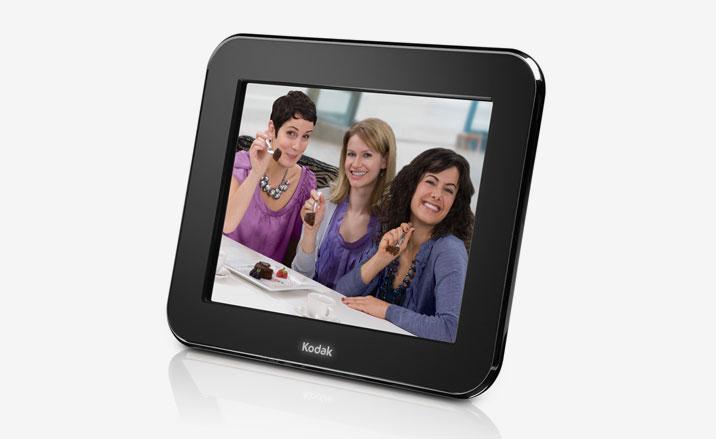
Kodak’s Pulse digital photo frame comes with Wi-Fi and its own email address so you can send pictures directly to it without having to collate the millions of snaps taken on phones, camcorders and cameras.
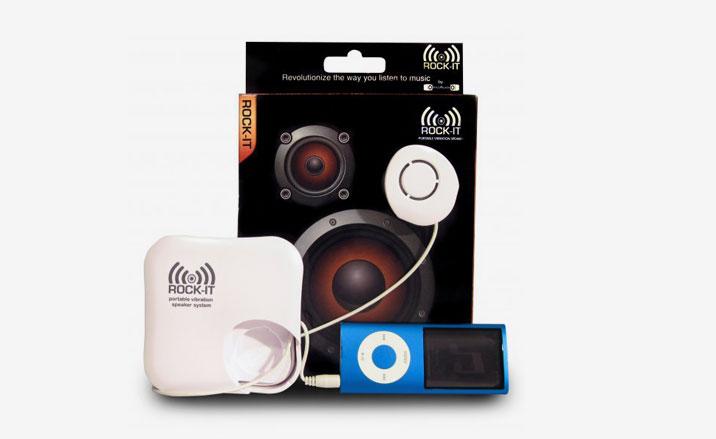
Designed by eco-aware speaker company, Origaudio, Rock-It takes music from any device and generates it into a sequence of vibrations, which in turn – with the help of the nifty ‘pod’ - are able to transform any object, sideboard or surface into a functioning speaker. Genius.
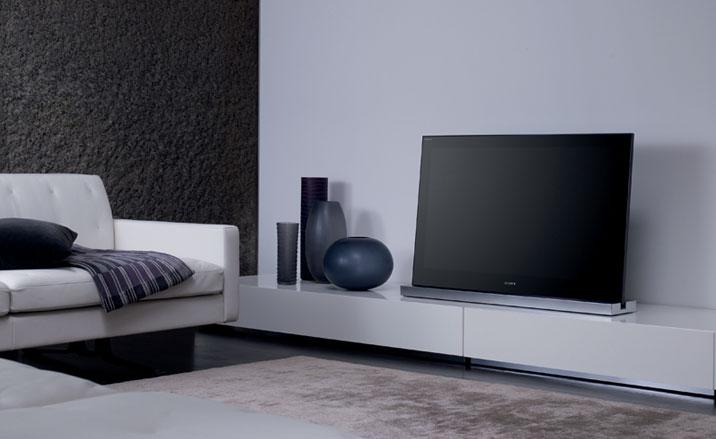
Built to fit with any contemporary (or not so) space, the new Bravia range has been designed entirely within Sony’s ‘Monolithic’ concept - featuring flush screen surfaces, the option to recline the TV at a 6° angle, and minimal looks, as standard.
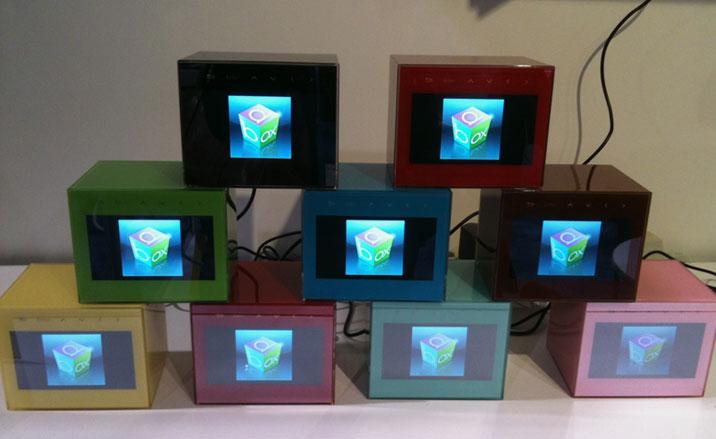
This 3.5” Digital photo viewer - or Dbox - has been designed by Chinese company, Transitions Design, to act as an all-encompassing travel companion – collating and displaying photos, music and appointments.
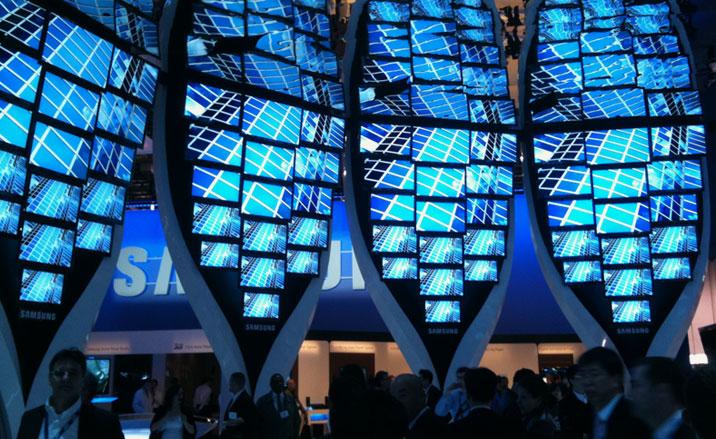
Shimmering blue screens at Samsung’s CES stand.
ADDRESS
Consumer Electronics Association
1919 South Eads Street
Arlington
VA 22202 USA
Jonathan Bell has written for Wallpaper* magazine since 1999, covering everything from architecture and transport design to books, tech and graphic design. He is now the magazine’s Transport and Technology Editor. Jonathan has written and edited 15 books, including Concept Car Design, 21st Century House, and The New Modern House. He is also the host of Wallpaper’s first podcast.
-
 All-In is the Paris-based label making full-force fashion for main character dressing
All-In is the Paris-based label making full-force fashion for main character dressingPart of our monthly Uprising series, Wallpaper* meets Benjamin Barron and Bror August Vestbø of All-In, the LVMH Prize-nominated label which bases its collections on a riotous cast of characters – real and imagined
By Orla Brennan
-
 Maserati joins forces with Giorgetti for a turbo-charged relationship
Maserati joins forces with Giorgetti for a turbo-charged relationshipAnnouncing their marriage during Milan Design Week, the brands unveiled a collection, a car and a long term commitment
By Hugo Macdonald
-
 Through an innovative new training program, Poltrona Frau aims to safeguard Italian craft
Through an innovative new training program, Poltrona Frau aims to safeguard Italian craftThe heritage furniture manufacturer is training a new generation of leather artisans
By Cristina Kiran Piotti
-
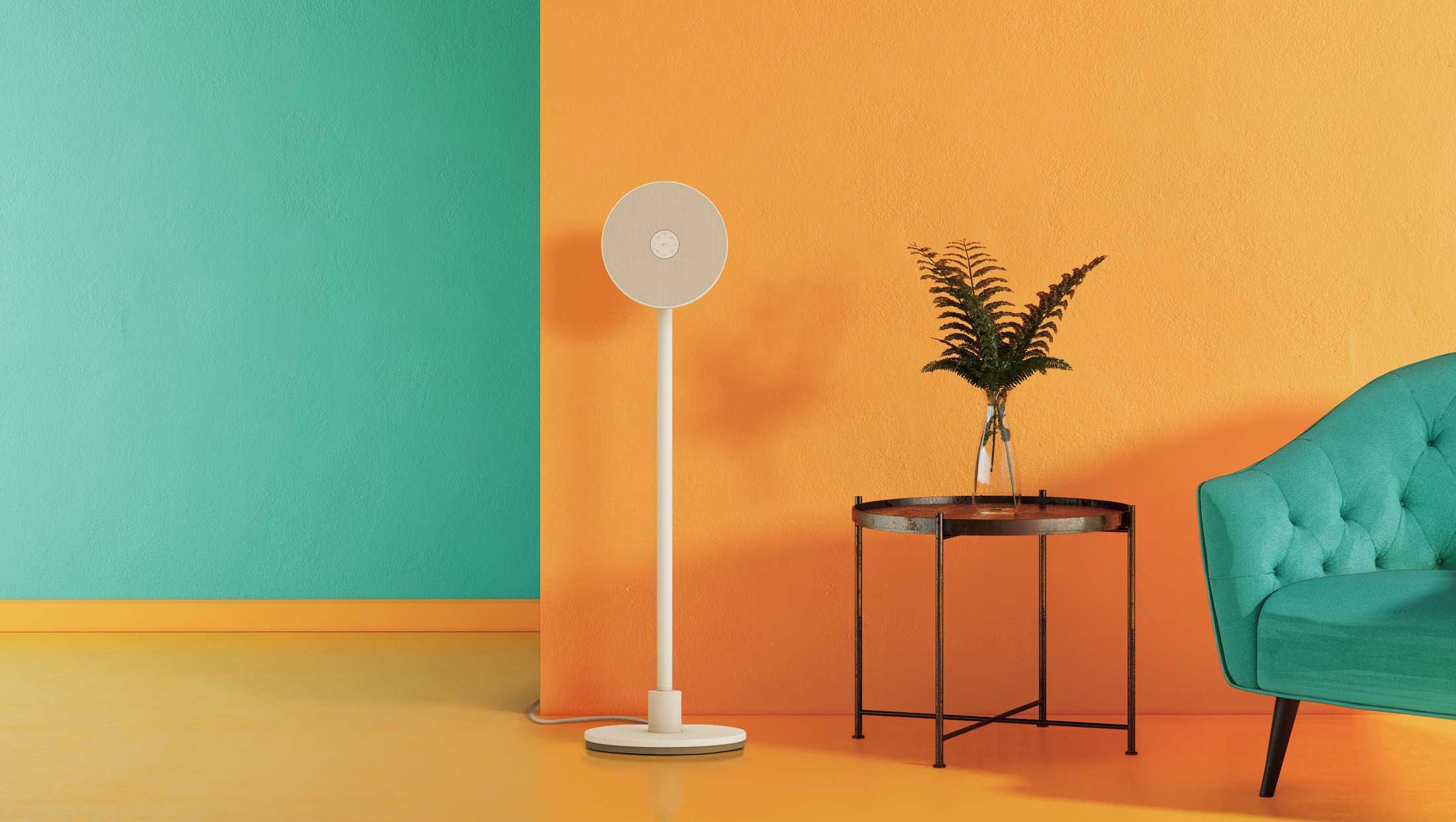 CES 2025: we select the best new tech for home and workplace
CES 2025: we select the best new tech for home and workplaceTen new devices that’ll help define the domestic realm and the world of work, should you wish to immerse yourself still further in the algorithmic mire
By Jonathan Bell
-
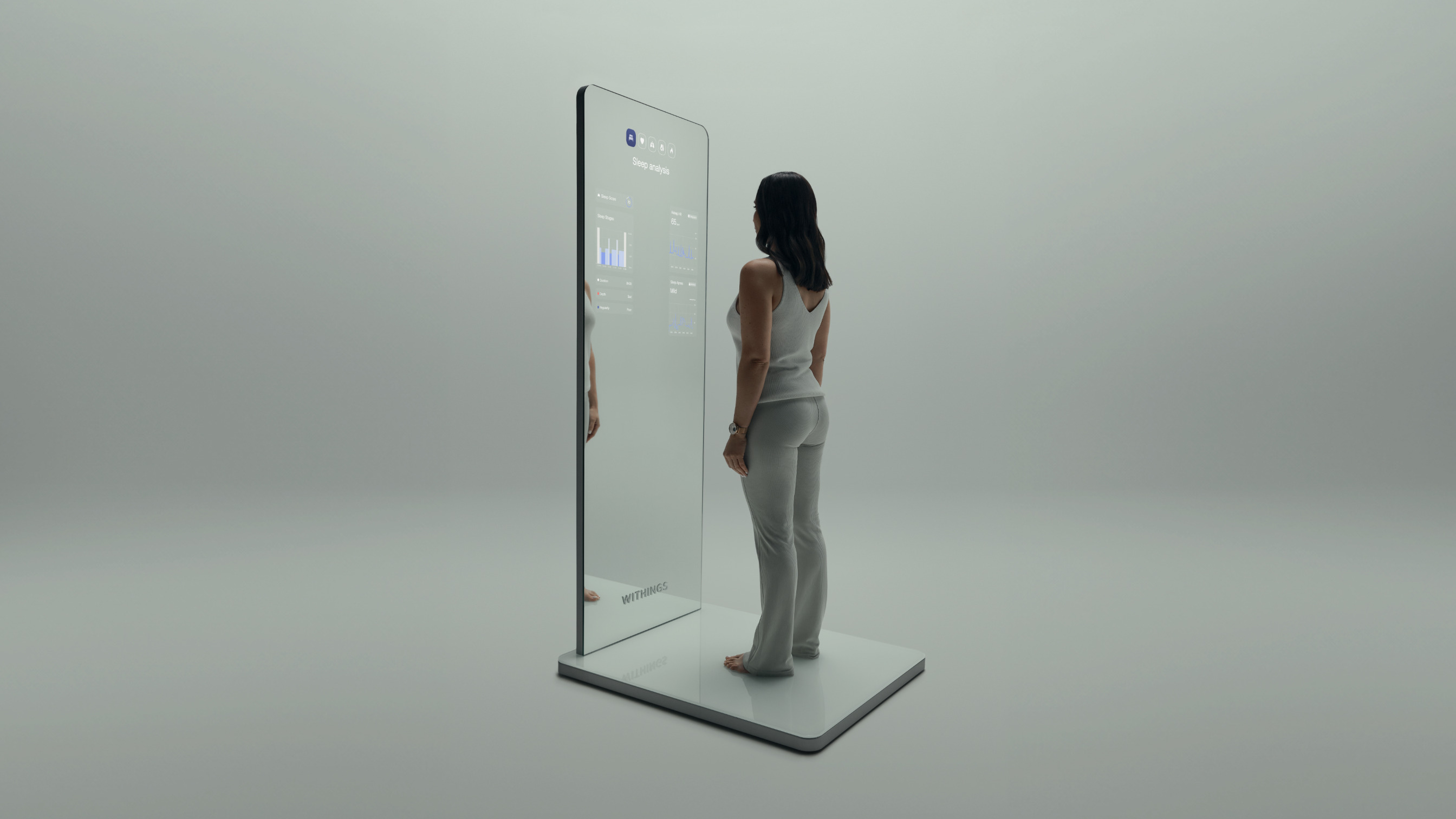 CES 2025: a collection of this year’s conceptual tech and real-world innovations
CES 2025: a collection of this year’s conceptual tech and real-world innovationsRobots of every shape and size were on display at CES, some with more promise than others, along with new approaches to art, health and entertainment
By Jonathan Bell
-
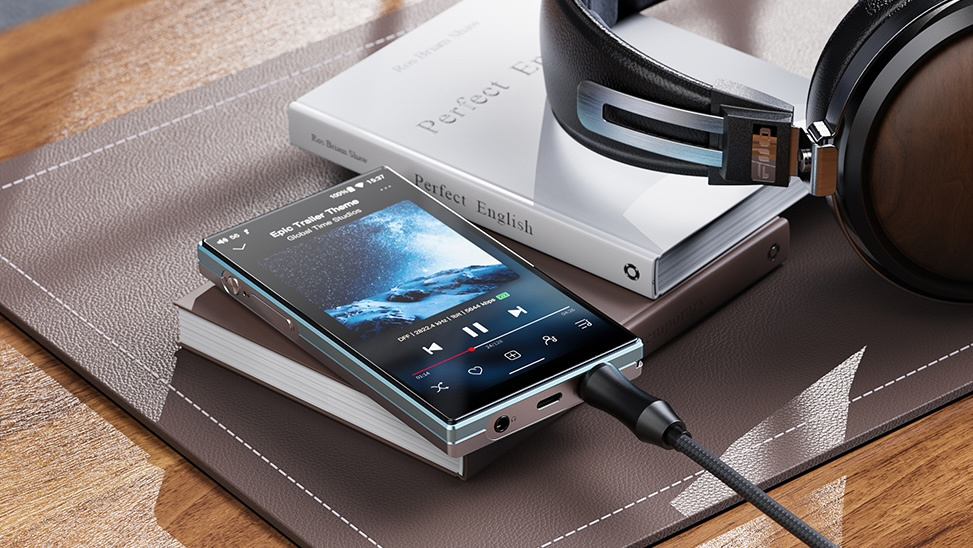 CES 2025: best audio launches from Las Vegas
CES 2025: best audio launches from Las VegasThe news from CES was that good things come in small packages, at least when it comes to contemporary audio devices
By Jonathan Bell
-
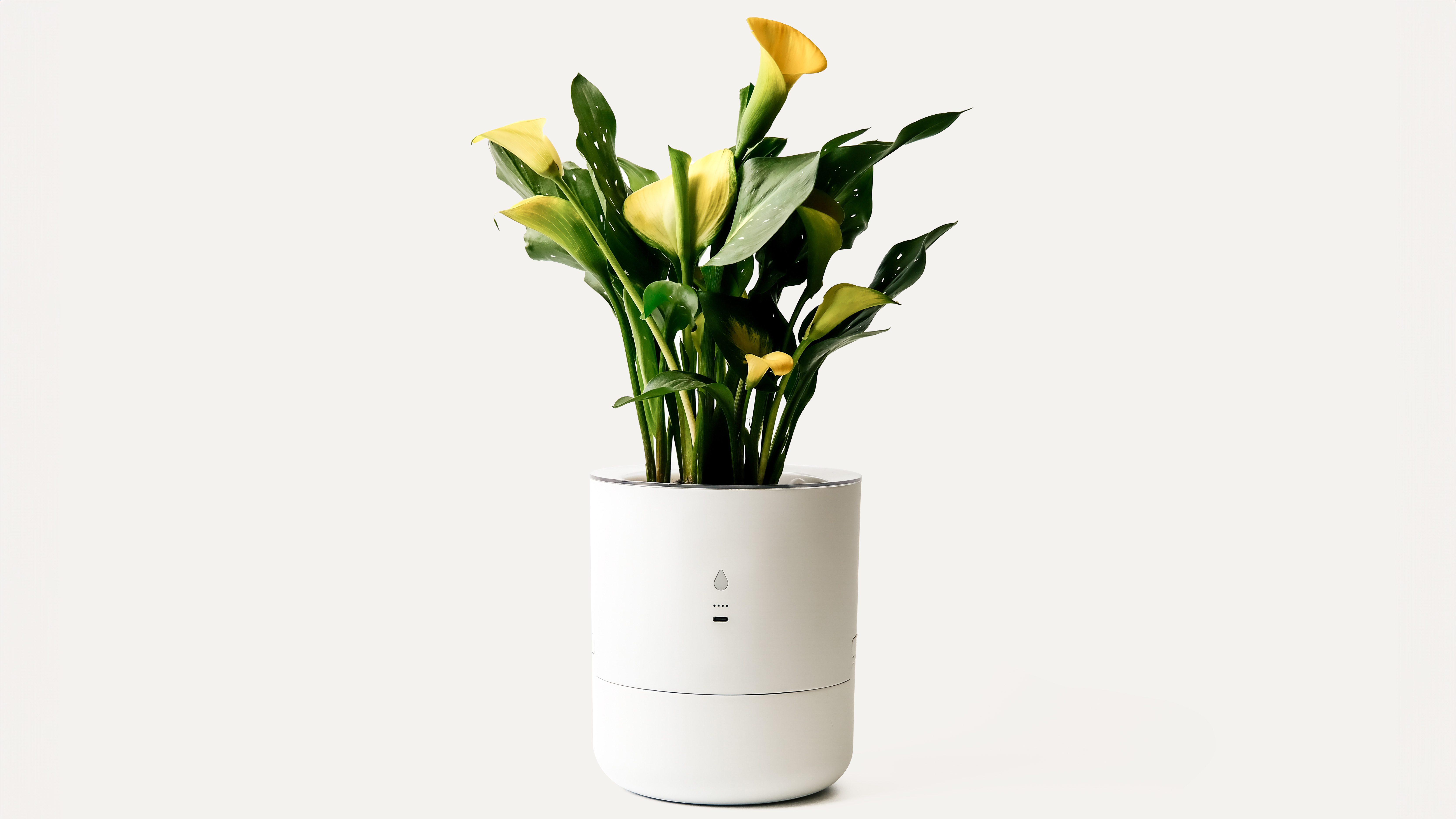 At CES, a self-watering pot that listens to your plant's needs
At CES, a self-watering pot that listens to your plant's needsHopeless with houseplants? This AI-assisted invention gives your little green friends a voice
By Jordan Bassett
-
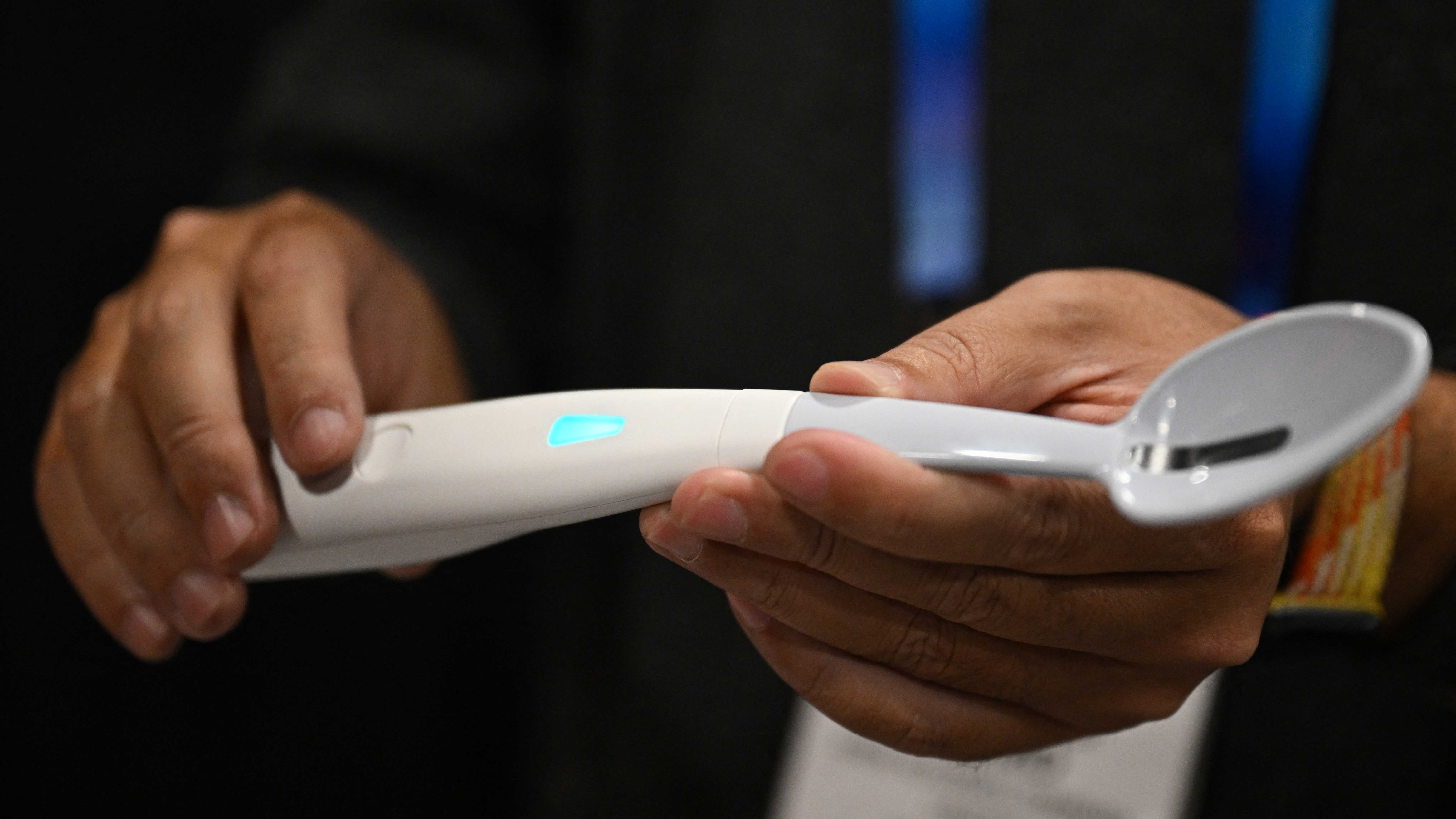 Kirin’s Electric Salt Spoon is the most bizarre exhibit at this year’s CES
Kirin’s Electric Salt Spoon is the most bizarre exhibit at this year’s CESThe innovative device sends an actual electric shock to your tongue, which makes your food taste saltier than it really is
By Jordan Bassett
-
 At CES 2025, Nvidia accelerates towards an AI-driven, robotic-powered autonomous future
At CES 2025, Nvidia accelerates towards an AI-driven, robotic-powered autonomous futureNvidia reveals a personal AI supercomputer, digital replicants of the physical realm, and chips to give cars and robots their long-awaited true autonomy
By Jonathan Bell
-
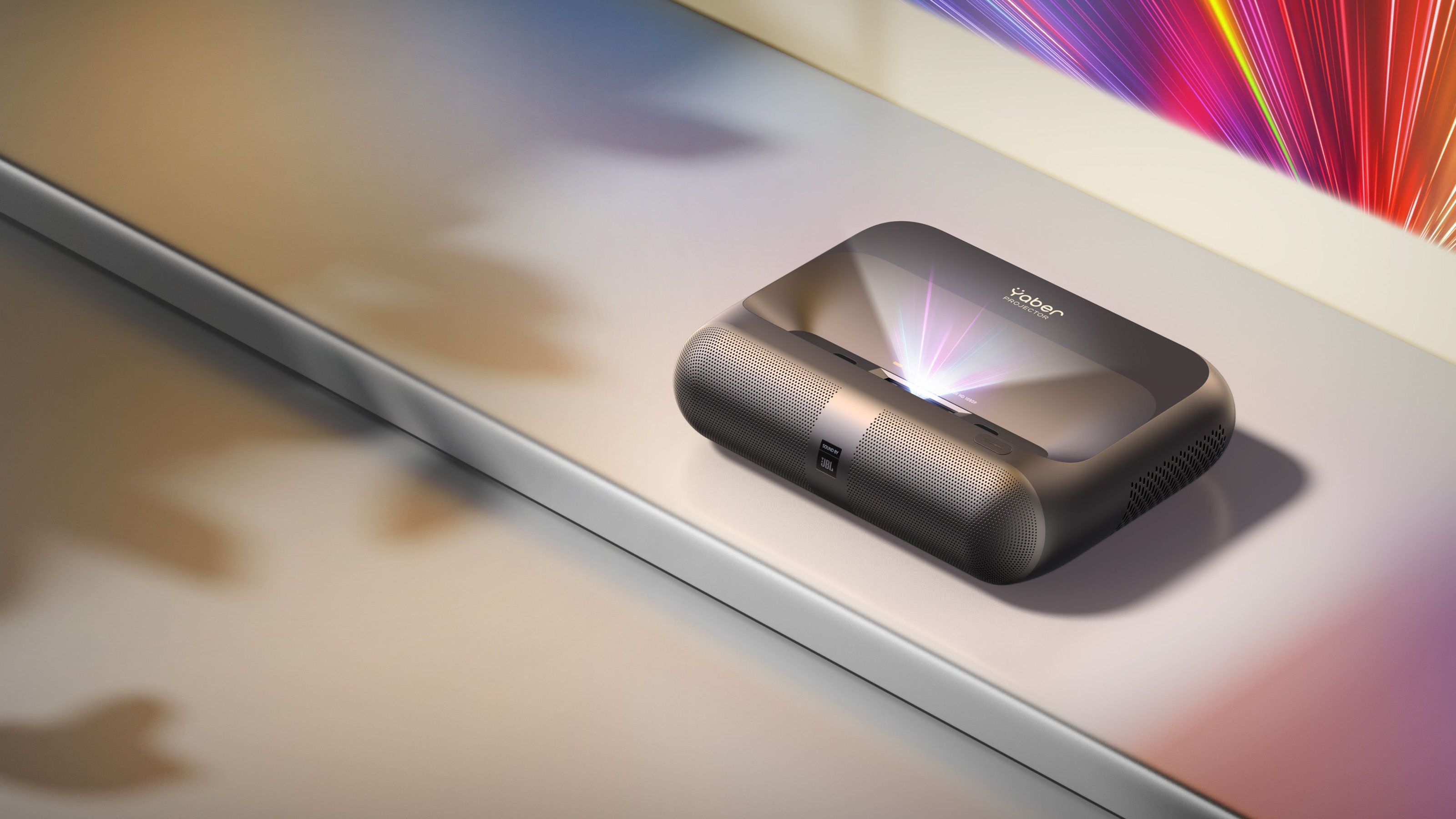 Shine on: Yaber brightens home entertainment with two new compact projectors
Shine on: Yaber brightens home entertainment with two new compact projectorsYaber showcased new projectors at CES 2025 – its first ultra-short-throw device, as well as an ongoing collaboration with the estate of Keith Haring
By Jonathan Bell
-
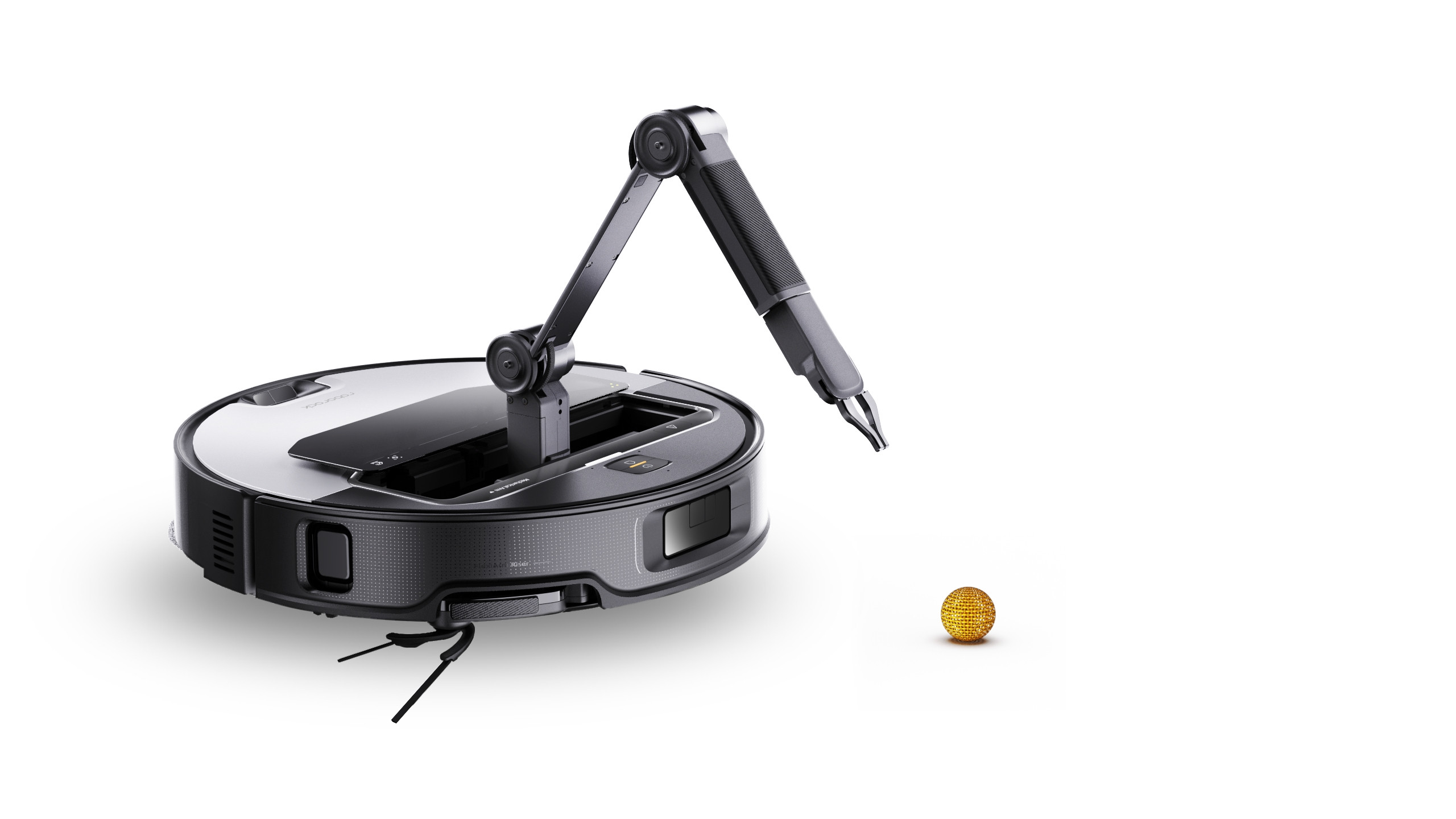 At CES, the robotic revolution just took a significant step forward with this compact home help
At CES, the robotic revolution just took a significant step forward with this compact home helpThe Roborock Saros Z70, revealed at CES 2025, marks the evolution of the autonomous robotic vacuum to a smart, sock-clearing robot that’ll tidy as well as sweep
By Jonathan Bell